
Rating: 7.5/10
In a strange twist of fate, the ongoing COVID-19 pandemic set the perfect stage for Nintendo’s Animal Crossing: New Horizons to take the world by storm in 2020. In fact, if you didn’t have a Nintendo Switch before March 20, you likely struggled to find one, largely due to Animal Crossing‘s meteoric success.
The calming escape gave gamers the opportunity to hang with their friends virtually; create a sense of routine; and, generally, live a digestible, simple life. Although the calming escape wasn’t the only video game of 2020 to transport us, it was certainly among the most popular.
April 30th, 2021 marked the release of New Pokémon Snap, the long-awaited sequel to the Nintendo 64 classic. This charming spin-off provided us with that uncomplicated, wholly transportive experience we need amidst the pandemic. Its release coincided with Pokémon’s 25th anniversary. In honor of National Video Games Day, we’d like to pay homage to New Pokemon Snap.
What Are the “Pokémon Snap” Games?
If you’re a newcomer to the world of gaming (or all things Pokémon), you might be wondering, “So, what is Pokémon Snap?” Let’s go back to the beginning. Odds are you’re most familiar with the Pokémon franchise’s role-playing games (RPGs). Back in 1996, those games — Pocket Monsters Red and Green in Japan and Pokémon Red and Blue in North America — dominated Game Boy screens.
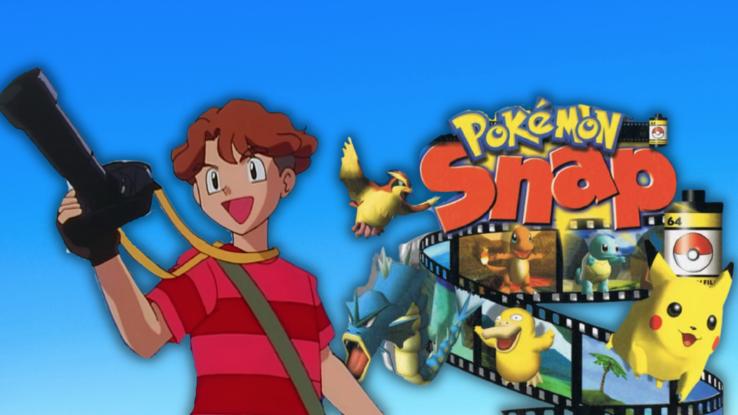
The goal of these games was simple enough: Step into the shoes of a young Pokémon trainer and travel the world, capturing, raising and battling with the titular creatures until you take on the game’s most elite trainers in order to claim the title of Pokémon Master. In true RPG fashion, pitting your Pokémon against others helps them level up and gain new skills. Not to mention, there were 150 unique types of Pokémon to collect and train.
Since 1996, there have been dozens of these mainstay RPG titles, most of which introduce new types of Pokémon and new lands to traverse. But, like any mega-successful franchise, Pokémon isn’t just one thing, especially when it comes to video games. Back in the ’90s, Nintendo released an array of Poké-verse games, from RPGs to Pokémon-themed puzzlers. Without a doubt, one of the most beloved entries in the Pokémon family of games was 1999’s Pokémon Snap.
Was the Original “Pokémon Snap” a Success on the Nintendo 64?
Like other Pokémon titles, the goal of Snap was to capture Pokémon — but on film, not in Pokéballs. Released for the Nintendo 64, the original game let players step into the shoes of Todd Snap — a character who also appeared in the Pokémon anime (pictured above). Using a first-person perspective, Snap was an “on-rails” game — meaning you’re tethered to one particular track, but you can look around. (Honestly, it’s kind of like being on an amusement park ride.)
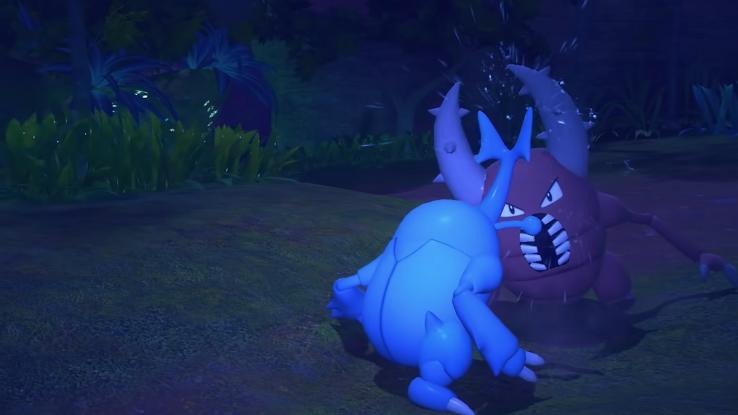
As the game moves you through various environments, you’ll be on the lookout for picture-worthy Pokémon. Using items like apples and “pester balls,” you can even entice Pokémon and set up a better shot. After each “level” ends, your photos are judged based on the quality of the shots. By the end of 1999, the game had sold 1.5 million copies — and it was undoubtedly rented from video stores countless times.
Sure, it seems kind of strange that a photography simulator would perform so well, but Pokémon was quite the phenomenon at the time. And Snap was one of the first Pokémon titles released on an at-home console, which gave it a special kind of appeal. Not to mention, players could take their cartridges to participating Blockbusters and get their in-game photos printed as stickers at these nifty kiosks. What we’re saying is, Pokémon Snap gave a whole new meaning to “Gotta Catch ‘Em All.”
How Does “New Pokémon Snap” Compare?
Now, over two decades later, players have the chance to experience the long-awaited Pokémon Snap sequel. This time, players explore the all-new Lental region, but, much like the first game, they travel using an on-rails craft and research Pokémon by photographing them in their natural habitats.
The loose story here is that Professor Mirror and his assistants need help building a Pokémon compendium — or Photodex — for their Laboratory of Ecological and Natural Sciences, fittingly abbreviated as L.E.N.S. As an added bonus, players are tasked with investigating why certain Pokémon exhibit a special glow. Much like the original game, different “levels” offer different habitats, but, unlike the original game, these habitats have more nuance. For example, visiting an area at night allows players to photograph nocturnal (or slumbering) Pokémon.
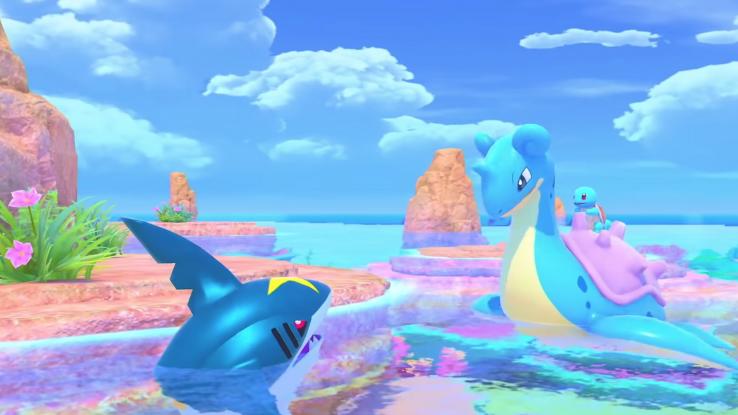
Professor Mirror grades your photographs before adding them to the Photodex. If you’re after a high score, consider the shot’s composition — Is the subject close enough? Are they facing the camera? — and how rare each subject is. The better your photos are, the better your rank is, and accumulating points will ultimately unlock more levels to explore. After you’ve received your grades, you’ll be able to retouch your photos — think Pokémon Instagram, rife with filters, frames, stickers and more. And, of course, sharing those photos is much simpler these days: Instead of heading to Blockbuster, you’ll simply share them online with your Poképals.
Want to capture a Pokémon’s good side? You’re given a set of tools to help. To coax Pokémon out of hiding, entice them with fruit, play a melody or toss an Illumina orb in their direction. The latter item helps light up darker nighttime shots, but it can also impact a Pokémon’s behavior. Plus, you never know what sorts of scenarios you’ll stumble upon in nature: Sometimes, Pokémon will be fighting, playing or helping each other. And all of this nuanced behavior makes for both better photos and a more engrossing experience.
Here’s Why “New Pokémon Snap” Might Just Satisfy “Animal Crossing” Fans Too
So, why does New Pokémon Snap feel like something of a spiritual successor to Animal Crossing: New Horizons? On the surface, they’re very different games. But, then again, what makes a game atmospheric or calming or escapist isn’t restrained by genre.
In fewer than four months, Animal Crossing: New Horizons, a game that sees players paying off debt, fixing up their homes, and fishing, among other things, sold a staggering 22 million units. Our hypothesis? The game gave players a sense of routine during a particularly turbulent time. Animal Crossing allowed folks to socialize; tackle a (manageable) debt; customize their living spaces; and, most importantly, go at their own pace.
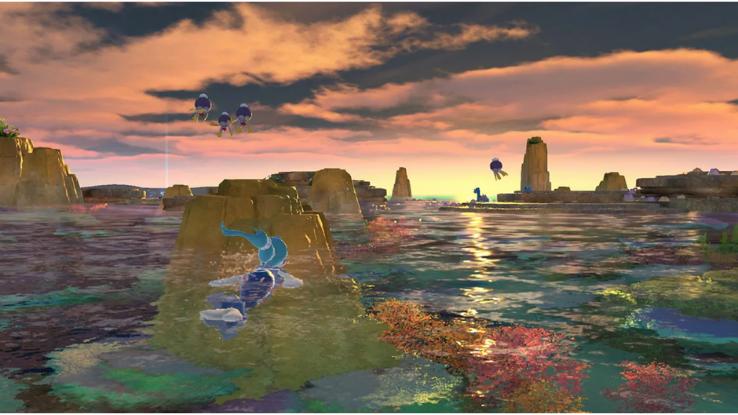
The result? Feeling accomplished at a time when we were all anxious and aimless. That was enough to make Animal Crossing one of the best games of 2020. Now, the equally low-stakes, go-at-your-own-pace gameplay of New Pokémon Snap feels somewhat reminiscent of this experience.
Not to mention, there’s an abundance of cute Poké-critters to meet and scenic vistas to gaze at through your virtual camera lens. For IGN, reviewer Rebekah Valentine wrote, “Without fail, each time I played a new course a Pokémon would appear out of nowhere, or do something cute, or react to something I did in a surprising way, and I (this is not an exaggeration) would sit up on the couch, point at the screen, and go ‘Aaah!’ in delight.”
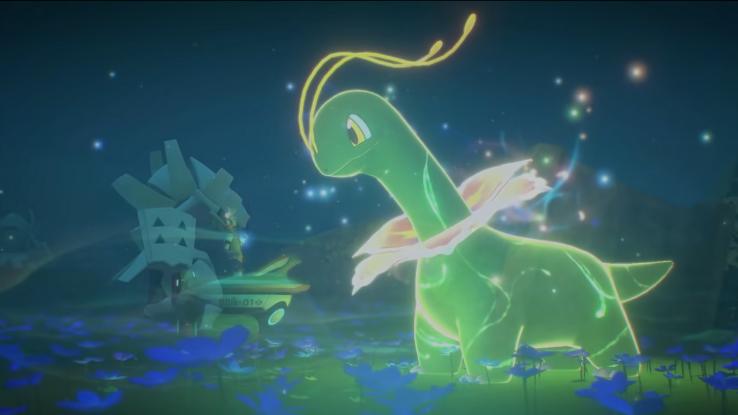
Sure, New Pokémon Snap’s mechanics are simple, but that’s kind of the beauty of it. In the same way rewatching our favorite TV series and movies has buoyed our spirits and relieved some of our anxiety as of late, seeing our favorite Pokémon in a whole new light — in a world that feels believable and nuanced — has the same effect.
If you’ve ever wanted to try and re-capture the feeling of encountering your favorite Pokémon for the first time in Pokémon Red, New Pokémon Snap gets you as close to that feeling as possible. It’s all about joy and wonder — and how even the smallest, simplest tasks can provide us with that bliss.
Released on April 30, 2021, New Pokémon Snap retails for $59.99 and comes in both physical and digital formats for the Nintendo Switch.






